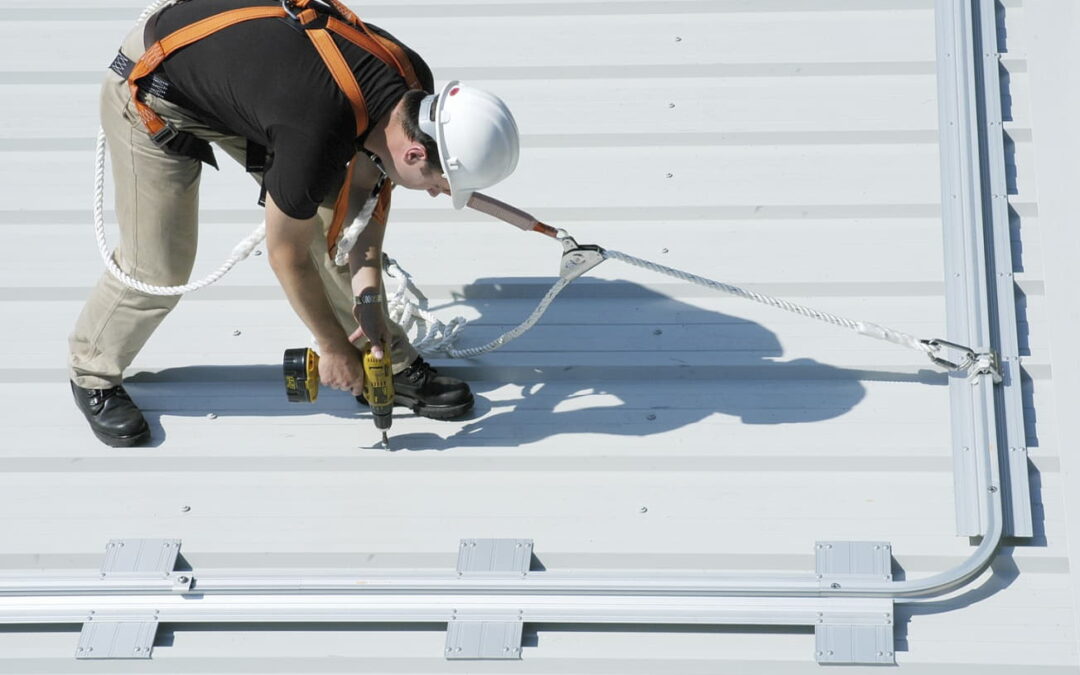The workplace, especially in industries like construction, manufacturing, and warehousing, can be a place of potential hazards. One risk that stands out in these sectors is the risk of falling from elevations. This is where a fall arrest system comes into play, serving as a lifesaver for those working at heights.
How Does It Work?
The system works by arresting (stopping) a fall in progress. It does this by using a combination of several components, including a full-body harness, lanyard, deceleration device, lifeline, and anchor point. When a worker falls, the system activates, the deceleration device slows the fall, and the harness distributes the force across the body, minimizing injury.
Components of a Fall Arresting Setup
The effectiveness of a fall protection mechanism lies in its components. Let’s take a closer look at each one:
Full-Body Harness
This is worn by the worker and serves as the point where the rest of the system connects. It’s designed to distribute fall forces over the thighs, pelvis, chest, and shoulders to minimize impact.
Lanyard
This is the link between the harness and the rest of the system. It can either be a fixed length or adjustable, depending on the requirements of the job.
Deceleration Device
This component slows down the fall, reducing the shock and impact experienced by the worker. It can be part of the lanyard or a separate device.
Lifeline
The lifeline can be vertical (used for descending or ascending) or horizontal (allows movement along a large area at the same height).
Anchor Point
This is the secure point of attachment for the lifeline. It needs to be strong enough to support the weight of a falling worker, usually rated at 5,000 pounds per worker.
The Role of Fall Protection Systems in Worker Safety
Fall protection mechanisms play a vital role in ensuring worker safety. They not only prevent severe injuries but also boost employee morale, as workers feel safer knowing that measures are in place to protect them.
Moreover, these systems help companies comply with safety regulations and avoid hefty fines and legal consequences that can arise from non-compliance.
Conclusion
The safety of workers should always be a top priority for any business. A robust fall arrest system plays a crucial role in safeguarding those working at heights, protecting them from severe injuries, and potentially saving lives. By investing in such a system and providing adequate training, businesses can create a safer, more productive work environment.

